Effortlessly Convert HTML to JPG with These 5 Methods
Converting HTML to JPG might seem technical, but it doesn’t have to be complicated. Whether you’re designing web layouts, sharing website snapshots, or archiving online content, knowing efficient methods to capture HTML content into JPG images can make your workflow smoother. HTML, the backbone of every webpage, is great for browsers but isn’t always convenient for sharing visually or including in presentations. That’s where converting HTML to JPG becomes incredibly handy.
Thankfully, straightforward methods are available that don’t require deep technical expertise. This article walks you through 5 helpful techniques, simplifying each process so you can pick the method that best suits your needs.
5 Best Ways to Turn HTML into JPG Images
There are 5 practical ways to convert HTML to JPG, including quick online tools, command-line methods, and programmatic solutions. These solutions cater to different needs for easy and efficient conversions.
Using Browser-Based Screenshot Tools
The most straightforward and user-friendly approach to converting HTML to JPG involves utilizing built-in browser screenshot tools. Modern browsers like Chrome, Firefox, and Microsoft Edge now offer integrated screenshot functions, simplifying the conversion process. Chrome, for instance, has a hidden screenshot feature accessible through developer tools. To do this, simply open the webpage you want to convert, press F12 or Ctrl + Shift + I to open Developer Tools, then press Ctrl + Shift + P, and type “Screenshot.” Select “Capture full-size screenshot,” and Chrome instantly saves the webpage as a high-quality JPG image.

Firefox provides a similar method. Clicking on the three-dot menu in the address bar reveals the “Take Screenshot” option, allowing users to save the entire webpage or a selected portion as a JPG. Microsoft Edge users benefit from an even simpler process—by right-clicking anywhere on a webpage and selecting “Web capture,” you can easily convert HTML content into JPG format within seconds. These browser-based methods offer convenience without any external software or technical know-how.
Utilizing Online HTML-to-JPG Converters
For those seeking simplicity without delving into browser settings, online HTML-to-JPG converters are a fantastic option. These web-based services handle the entire conversion process directly from your browser, requiring minimal effort. Popular services like HTMLtoImage, URL2PNG, or Screenshotlayer let you convert webpages effortlessly. Simply copy your webpage URL, paste it into the online tool, and hit the convert button. The website then generates a downloadable JPG image instantly.
These online converters usually come with customization options, too. You can select resolution, image size, or even specific page sections, providing flexibility for diverse needs. However, it’s crucial to be mindful of privacy, especially if the HTML content is sensitive or confidential. Always choose reputable online converters that respect user privacy to ensure your data remains secure.
Leveraging Desktop Software Tools
Sometimes, you need more advanced options or bulk processing capabilities, and desktop software tools become essential here. Desktop programs dedicated to converting HTML to JPG, like Snagit or Greenshot, offer additional functionality. Snagit, for example, provides powerful screen capture features, allowing you to save entire web pages or specific sections into high- resolution JPG files. The tool even lets you edit images instantly, annotating, highlighting, or cropping as necessary.
Greenshot, another excellent desktop tool, is open-source, lightweight, and user-friendly. With just a few clicks, Greenshot captures any webpage content quickly. It offers basic editing functionalities, letting you enhance images before saving them as JPG files. Desktop tools are particularly beneficial for professionals regularly working with multiple web pages, as they enable batch processing and advanced editing capabilities, making your workflow smoother and faster.
Employing Command-Line Interface (CLI) Tools
If you’re comfortable with command-line interfaces and prefer quick, efficient
conversions without graphical interfaces, CLI tools are incredibly efficient.
Tools like wkhtmltoimage, Puppeteer, or Headless Chrome offer command-line-
based HTML-to-JPG conversions. Wkhtmltoimage, for instance, efficiently
converts HTML pages to JPG format using simple command-line inputs. By
installing this lightweight tool, you just type a straightforward command such
as wkhtmltoimage example.html example.jpg, quickly generating your desired
JPG file.
Puppeteer, a more sophisticated tool built on Node.js, provides extensive control over conversions, making it excellent for automation. You can programmatically screenshot pages, manipulate images, or even integrate Puppeteer into automated workflows for large-scale projects. While CLI tools may seem daunting initially, once learned, they deliver unmatched efficiency, especially for repetitive tasks.
Using Programming Libraries for Automation
Lastly, programming libraries offer a robust approach for developers seeking to integrate HTML-to-JPG conversions into automated software solutions or larger projects. Libraries like html2canvas (JavaScript-based) or imgkit (Python-based) let developers capture HTML content programmatically. Html2canvas, for instance, allows JavaScript developers to easily generate JPG images from HTML elements or entire pages directly through scripts. It’s simple to implement and seamlessly integrates into web projects, allowing dynamic screenshot capabilities directly on the client side.
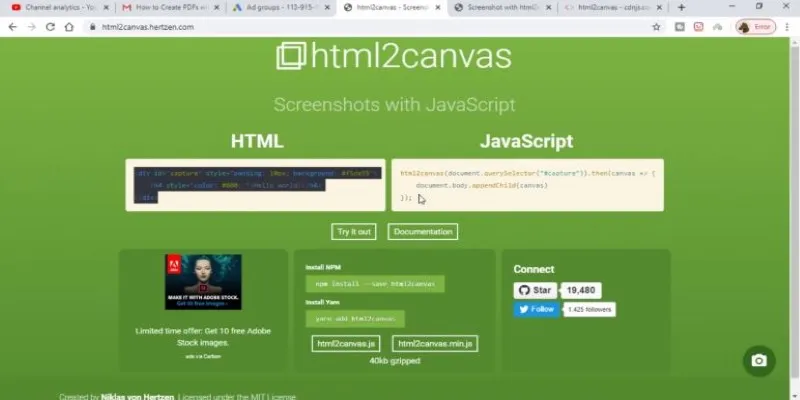
Python users benefit from imgkit, which leverages wkhtmltoimage under the hood, providing simple methods to convert HTML files or URLs into JPG files within Python applications. These libraries are beneficial for building automated workflows, archiving systems, or generating reports programmatically. Although requiring basic coding skills, using libraries simplifies automated conversions, making repetitive HTML-to-JPG tasks highly efficient.
Choosing the Right Method
Choosing the right method to convert HTML to JPG depends on your needs. Online converters and browser tools are perfect for quick, one-off conversions. Desktop tools are suited for batch processing and editing, while CLI methods offer speed and automation. Programming libraries are ideal for integration within software solutions and repetitive tasks.
Ultimately, consider your familiarity with each method, the scale of conversions needed, and your workflow preferences. By choosing wisely, you ensure seamless and effortless HTML-to-JPG conversions, maximizing your productivity and efficiency.
Conclusion
Converting HTML to JPG is straightforward, and various methods are used to suit different needs. Browser tools offer quick screenshots, online converters provide accessibility, desktop software enhances editing, and command-line tools support batch processing. Developers can automate the process with programming libraries. Whether you’re looking for a quick one-time conversion or a long-term solution, choosing the right method depends on your expertise and needs. These 5 approaches help you efficiently convert HTML content into high-quality JPG images for better accessibility.
Related Articles

Best Practices for Converting AVI Files to JPG Format
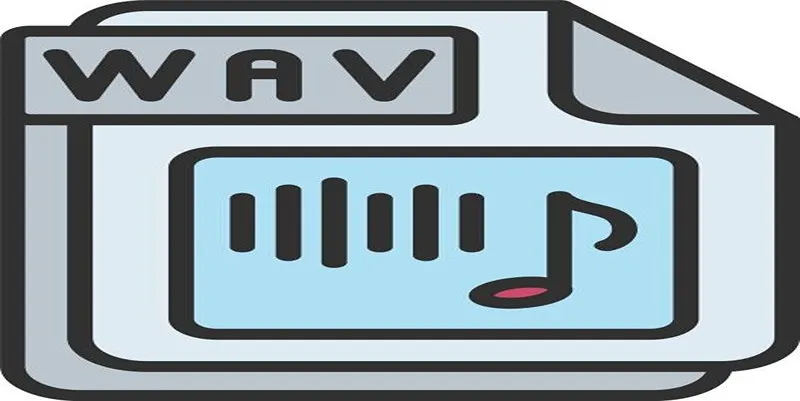
How to Convert MPEG to WAV: A Step-By-Step Guide
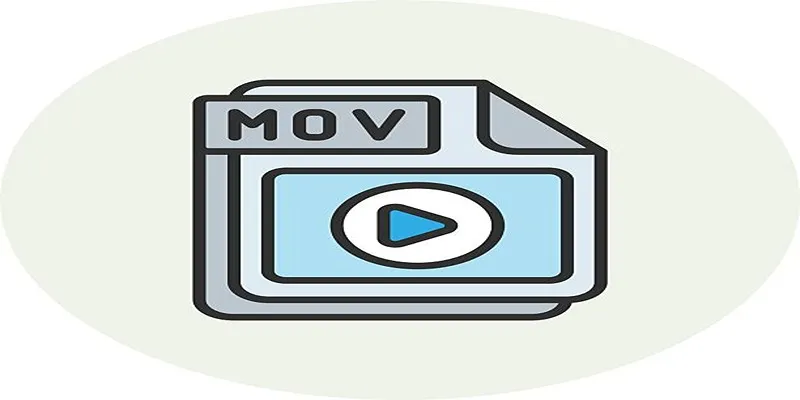
How to Easily Convert AVI to MOV Using 4 Reliable Tools
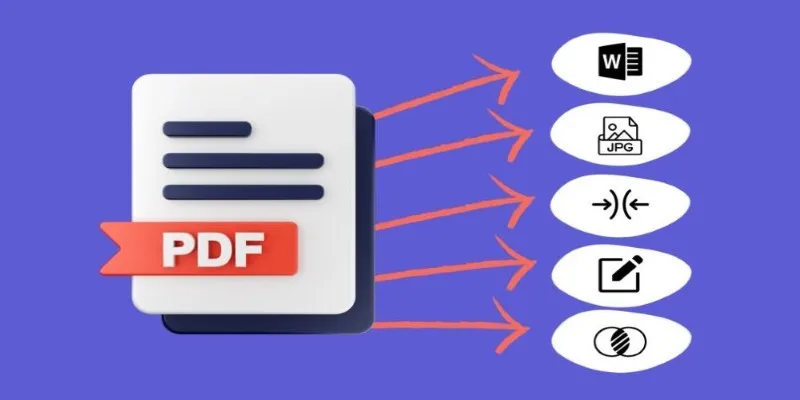
Best Free PDF to Image Tools for Quick and Easy Conversion

Top 3 Simple Ways to Convert WMA to MP4 Easily
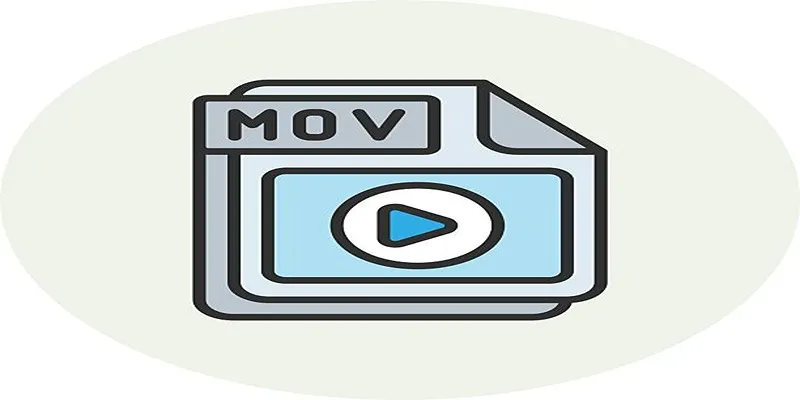
Simple Ways to Convert GIF Files to MOV Format Online

Fast & Easy AVIF to JPG Conversion: 5 Offline Converters
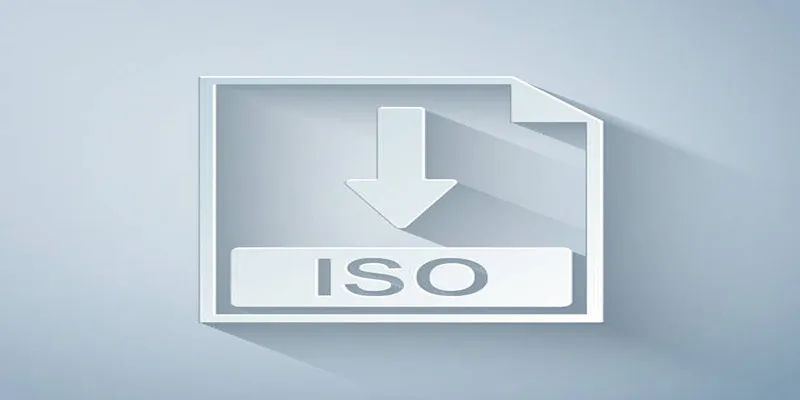
Simple Methods to Convert ISO Files to MP4 for Beginners
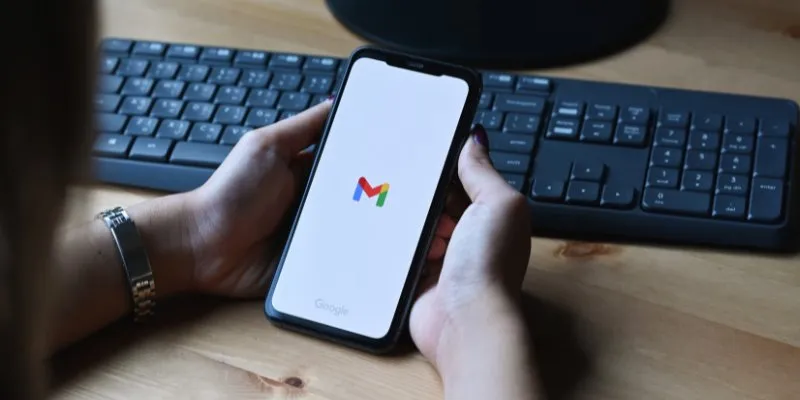
How to Automatically Save Gmail Attachments to a Google Drive Folder: A Complete Guide
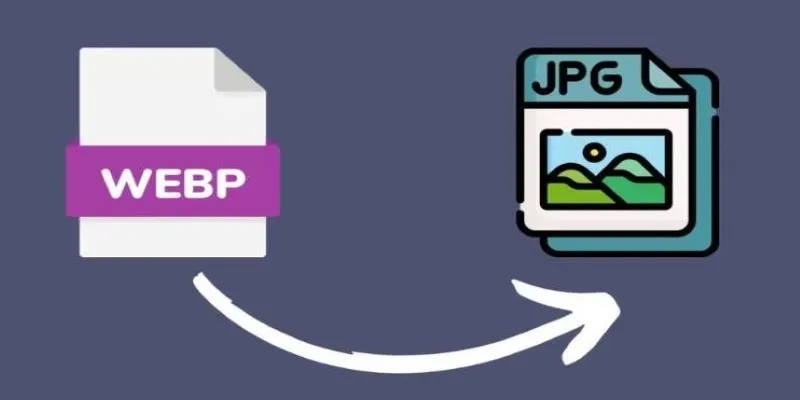
Convert WebP to JPG on Windows: 7 Best Tools to Use
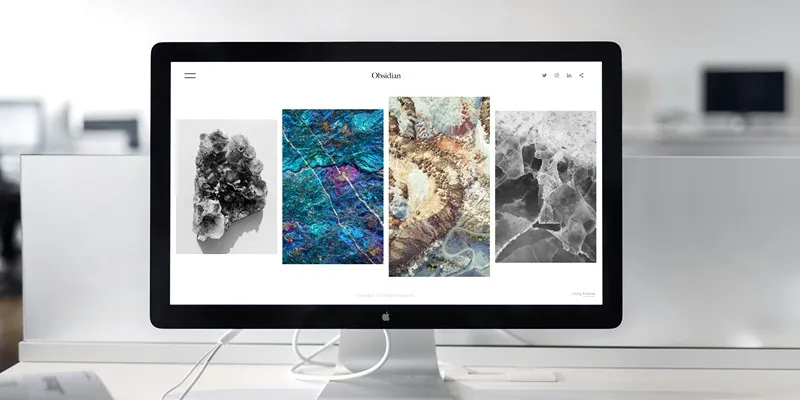
Comprehensive Review of the iMazing HEIC Converter in 2025
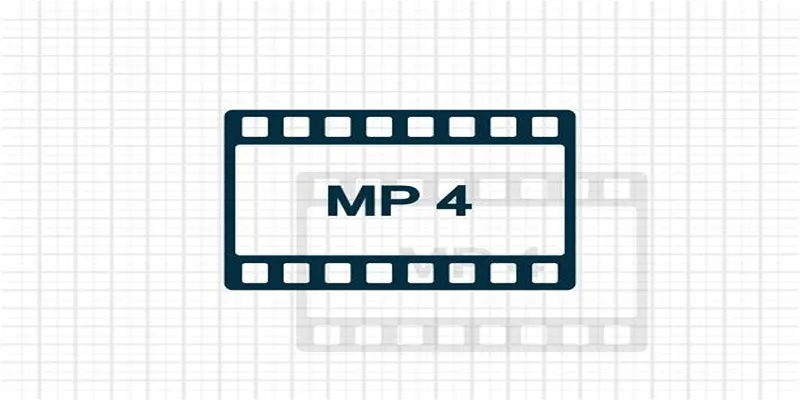
Top 5 Online Services to Convert WMV to MP4 Without Hassle
Popular Articles

Convert and Extract RAR Files to ZIP Online in a Few Simple Steps

Best Apps to Receive Social Feeds via Email in 2025

Inoreader Adds Pocket Integration to Streamline Saved Article Access
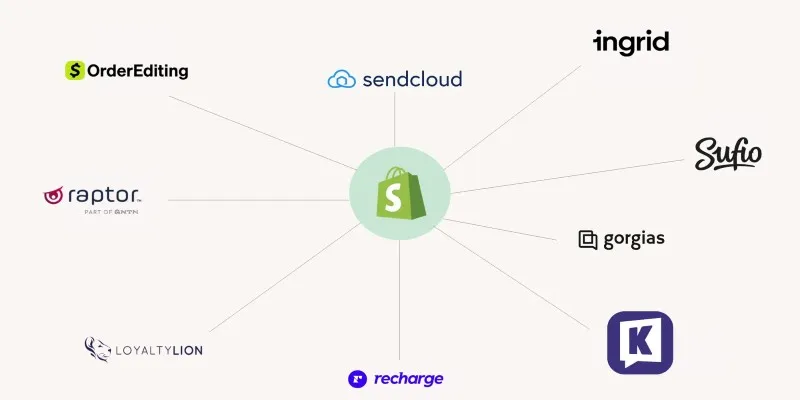
The 13 Best Shopify Apps in 2025 to Boost Your E-commerce Game
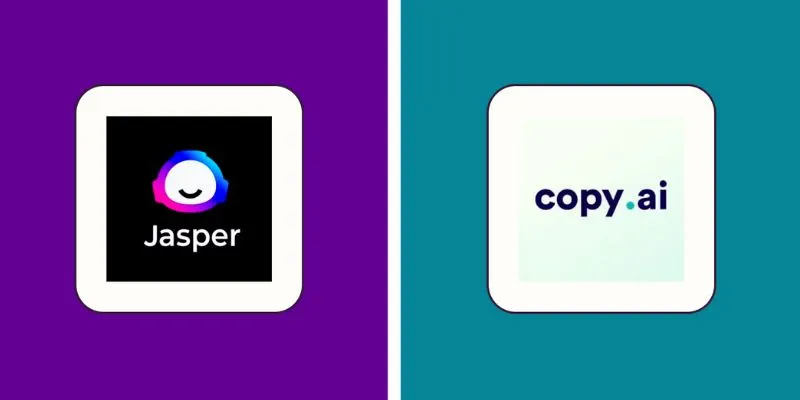
Jasper vs. Copy.ai: A Side-by-Side Comparison to Help You Choose
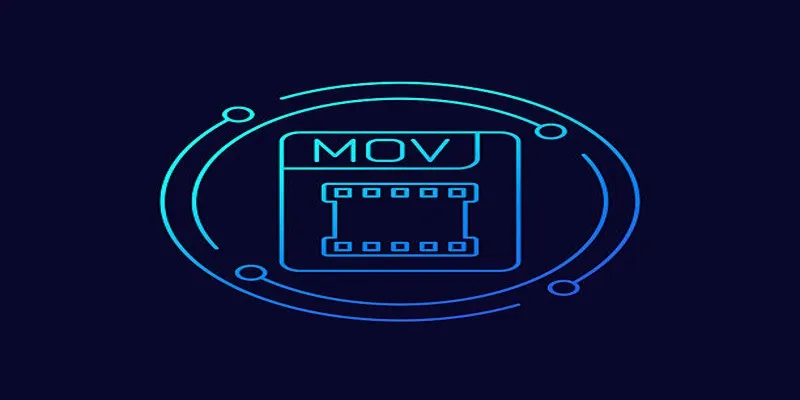
How to Effortlessly Convert MOV to MPEG and Vice Versa
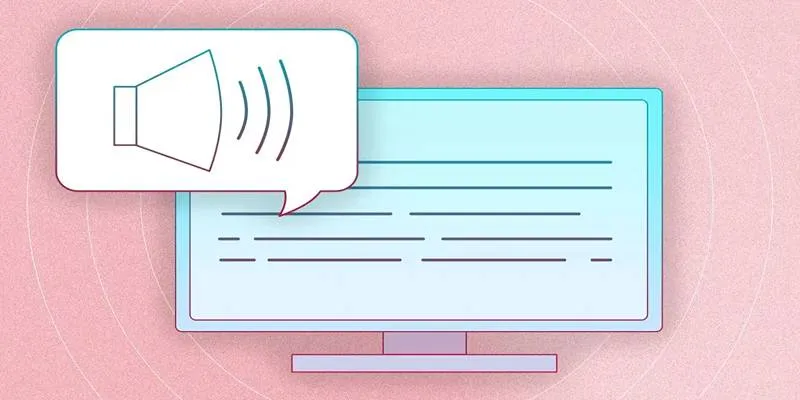
Discover the Best Text-to-Speech Converter for All Your Needs

A Comprehensive Tutorial on Looping Videos Using Kapwing

Best Markdown Converter Tools Bloggers Should Try for Easy Formatting

The Overall Introduction to 2X Videos: Features, Usages, and Creating
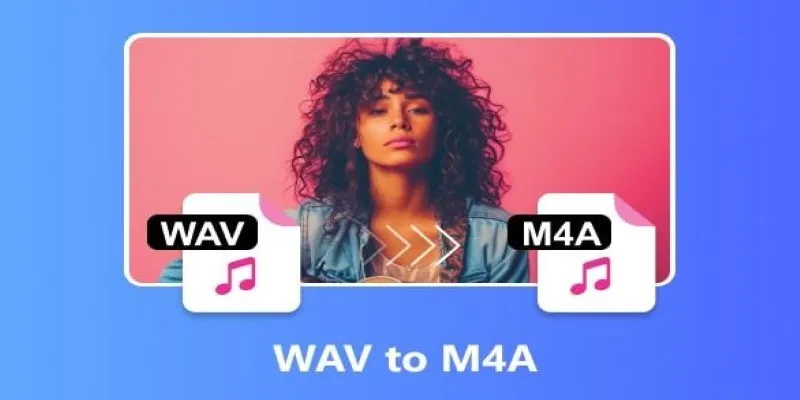
WAV to M4A: 5 Quick and Simple Conversion Methods

 mww2
mww2